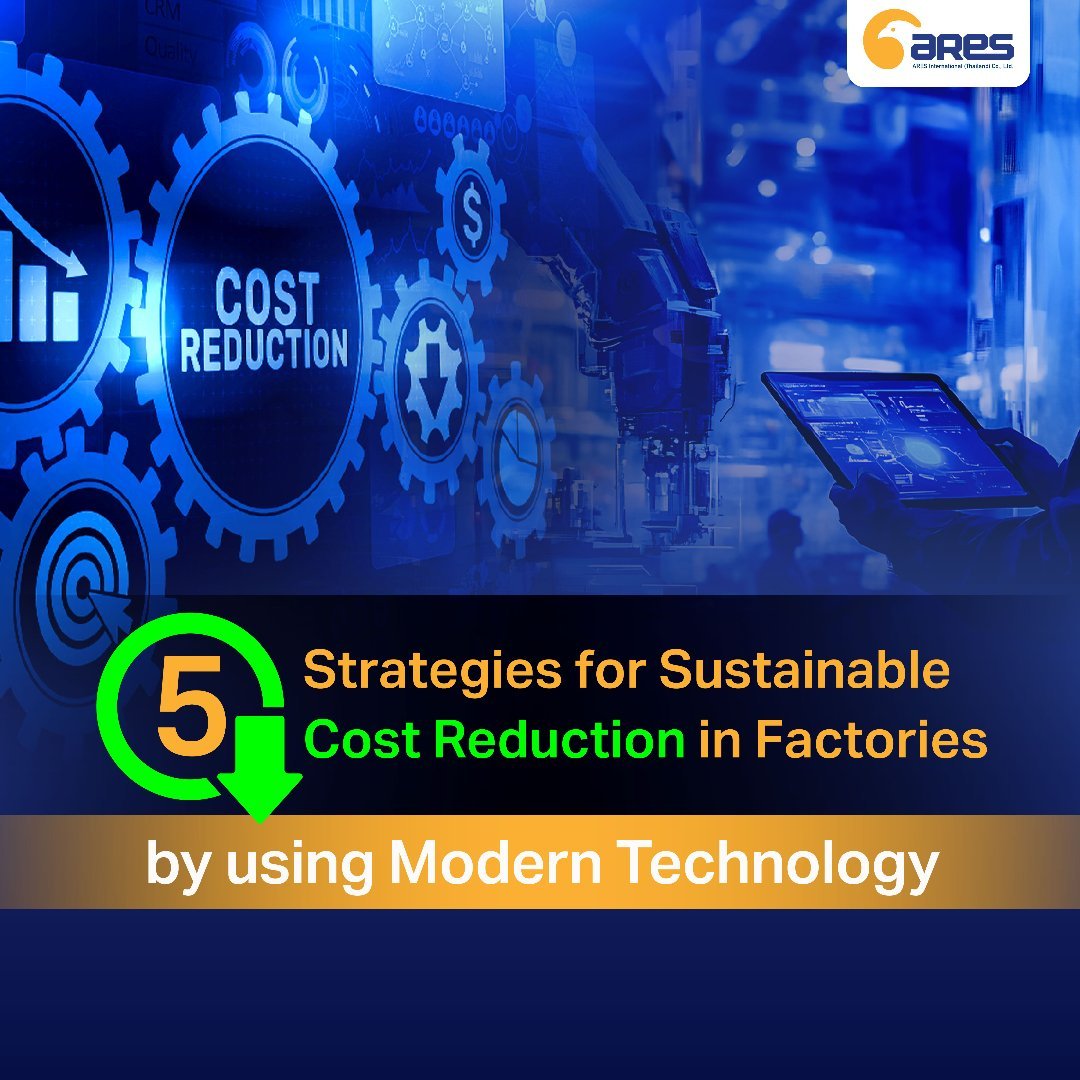What Is Cycle Time? Why It Matters and How to Improve It in Manufacturing
In every step of a manufacturing process, every passing second isn’t just time — it’s money. Time lost in inefficient processes directly translates to higher costs and lower competitiveness. Understanding Cycle Time is the key to improving production efficiency, reducing costs, and meeting customer demands — helping your business gain a competitive edge and grow sustainably.
What Is Cycle Time? Definition and Meaning
Cycle Time refers to the total time required to produce one unit of product — from the beginning of the process until it is completed and ready for delivery. It covers every stage involved in production, such as material preparation, processing, assembly, and quality inspection.
Accurate measurement and control of Cycle Time enable managers to identify bottlenecks or unnecessary steps within the process, leading to more efficient production and better resource utilization.

Takt Time vs Cycle Time vs Lead Time: What’s the Difference?
Understanding the difference between Takt Time, Cycle Time, and Lead Time is essential for effective production planning, resource allocation, and competitive advantage.
-
Takt Time – The pace of production required to meet customer demand. It indicates the production rhythm or standard in a factory.
-
Cycle Time – The actual time taken to produce one item, from start to finish. It may be equal to or longer than Takt Time.
-
Lead Time – The total time a customer waits from order placement to product delivery, including production and transportation time.
Comparison table of differences of Takt Time, Cycle Time และ Lead Time
| Meaning | Purpose | Calculation | |
| Takt Time | Customer requirements determine how fast the factory needs to produce. | Meet customer needs | Net working time per day/number of products required |
| Cycle Time | Time to produce one product | Measure the efficiency of the production process | Total production time/number of products |
| Lead Time | Total time the customer must wait for the product | Measure the speed of product delivery | Total time spent on production |
How to Calculate Cycle Time
Cycle Time = Total Production Time ÷ Number of Units Produced
Example:
A factory operates 8 hours per day, with a 1-hour break, resulting in 7 working hours (420 minutes). It produces 30 pieces per day.
Cycle Time = 420 ÷ 30 = 14 minutes per piece

Step into the digital age of work with our solutions. Click
Benefits of Cycle Time in Manufacturing
1. Cost Reduction
Effective control of Cycle Time directly reduces production costs. Shorter production times mean lower machine, labor, and electricity usage, decreasing the cost per unit.
2. Improved Production Efficiency
By reducing Cycle Time, factories can produce more output within the same period. This drives performance improvement and ensures optimal use of available resources while maintaining high product quality.
3. Enhanced Customer Satisfaction
A shorter Cycle Time leads to faster delivery. This builds customer trust, increases satisfaction, and strengthens long-term relationships with loyal customers.
4. Consistent Production Quality
Stable Cycle Time promotes consistency across production lines, minimizing errors and fluctuations. This allows for predictable planning and smoother operations.
5. Competitive Advantage
Businesses that can control and improve Cycle Time outperform competitors by responding faster to market changes and producing efficiently in dynamic industrial environments.
6. Better Cost Visibility
Analyzing Cycle Time helps managers understand cost structures across each production stage, identify waste, and make informed decisions to maximize long-term profitability.
7 Effective Ways to Control and Improve Cycle Time
-
Study and analyze operations to identify bottlenecks and inefficiencies.
-
Implement preventive maintenance to minimize downtime caused by machine failures.
-
Provide employee training to reduce human errors and improve accuracy and flexibility.
-
Optimize workspace layout to minimize material movement and waiting times.
-
Use automation systems to improve accuracy, speed, and 24/7 productivity.
-
Adopt IoT or Monitoring Systems for real-time Cycle Time tracking and analysis.
-
Apply Lean Management for continuous improvement and waste reduction.

Argo ERP for Smarter Cycle Time Management
Argo ERP helps manufacturers manage and optimize Cycle Time effectively through key features such as:
-
Real-time Production Tracking – Monitor production progress, identify bottlenecks, and respond immediately.
-
Machine Performance Analysis – Measure and analyze OEE (Overall Equipment Effectiveness) to identify improvement opportunities.
-
Capacity and Resource Planning – Allocate resources efficiently to reduce Cycle Time and maximize throughput.
Consult with our Argo ERP experts Here
MES: Empowering Operational Excellence
MES (Manufacturing Execution System) enhances Cycle Time control and production management with:
-
End-to-End Production Control – From order receipt and raw material handling to manufacturing and delivery.
-
Comprehensive Production Reporting – Provides detailed, accurate data to analyze factors impacting Cycle Time.
-
Automated Process Optimization – Leverages AI and data insights to recommend improvements and reduce Cycle Time.
Learn more about MES solutions at https://aresth.co.th/products
Conclusion: Mastering Cycle Time to Boost Factory Performance
Controlling Cycle Time isn’t just about speeding up production — it’s about strengthening your factory’s foundation for sustainable competitiveness. Maintaining an optimal and stable Cycle Time ensures systematic resource management, accurate production forecasting, and strategic business planning.
As a leader in factory management solutions, ARES delivers Argo ERP and MES systems designed to monitor and optimize Cycle Time in real time — empowering data-driven production planning, smart resource allocation, and strategic decision-making to help your business transform into a Smart Factory ready to compete globally.
Contact us
For a demo, please contact us at Contact Us or for further inquiries:
Phone: 0633253640 or 02-6863000 ext. 3042
Email: support@aresth.co.th




